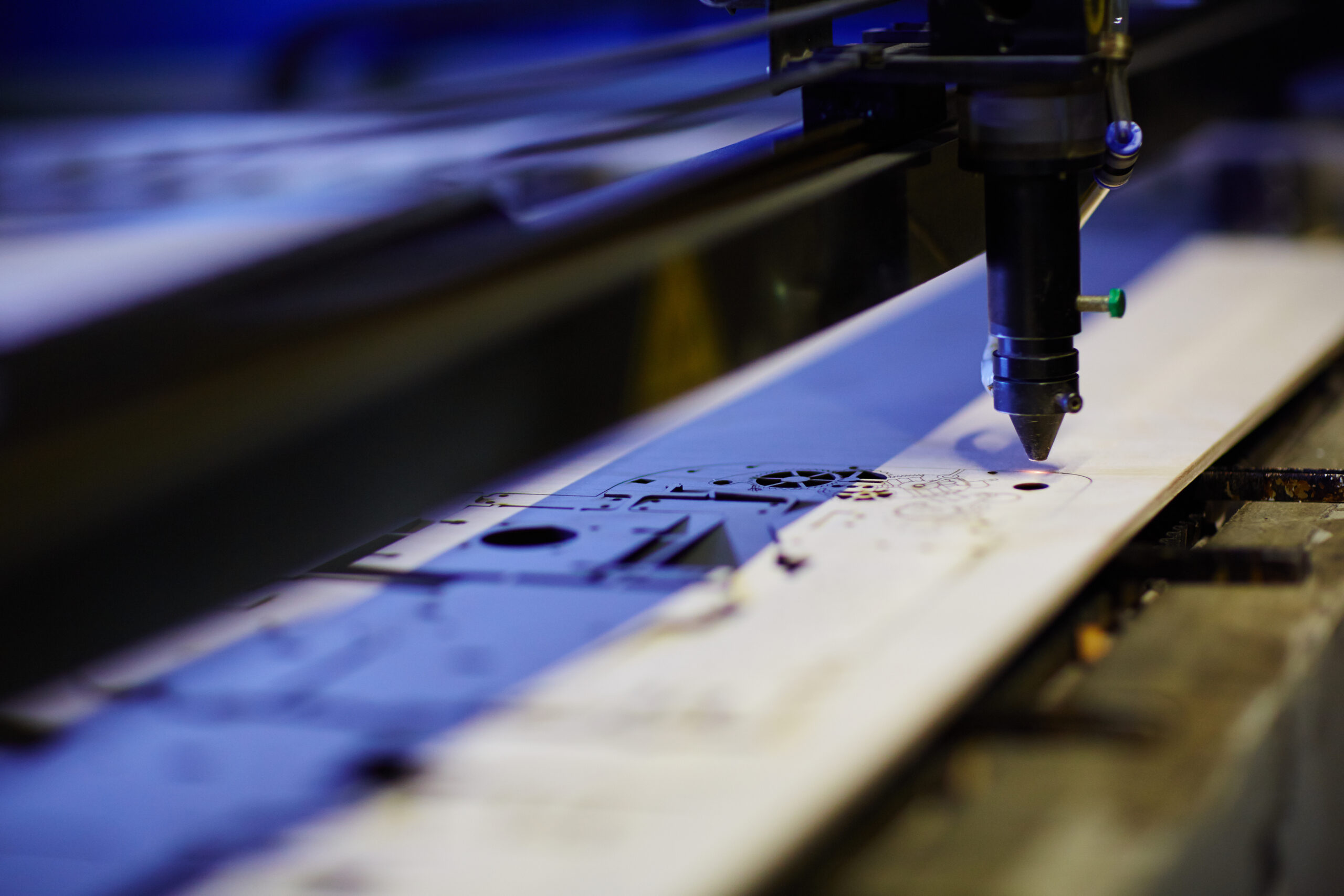In an era marked by increasing environmental awareness, the sign manufacturing industry is undergoing a significant transformation towards sustainability. Traditional signage often relied on materials that had adverse ecological impacts. However, today’s sign manufacturers are embracing eco-friendly alternatives, ushering in a new era of sustainable signage.
The Shift Toward Eco-Friendly Materials
The journey towards sustainable signage starts with a conscious choice of materials. Businesses are now opting for eco-friendly alternatives that not only reduce environmental impact but also maintain the high-quality standards expected from signage.
Recycled and Recyclable Materials: A fundamental shift is occurring as sign manufacturers increasingly turn to recycled and recyclable materials. These materials, often sourced from post-consumer waste, have a significantly reduced environmental footprint compared to their non-recycled counterparts. Reclaimed wood, recycled aluminum, and eco-friendly plastics are some of the materials gaining popularity.
Sustainable Wood and Bamboo: Sustainable sourcing of wood and bamboo is another noteworthy trend. By using wood certified by organizations like the Forest Stewardship Council (FSC) or bamboo, manufacturers can ensure that the materials they use are harvested responsibly, promoting reforestation and biodiversity.
Low-VOC Paints and Inks: The commitment to sustainability extends beyond materials to the paints and inks used in signage. Eco-conscious sign manufacturers prioritize low-VOC (volatile organic compounds) paints and inks. These formulations emit fewer harmful chemicals into the environment, reducing air pollution and minimizing health risks for workers.
Benefits of Sustainable Signage Materials
Reduced Environmental Impact: The shift towards sustainable materials in signage significantly reduces the environmental impact of manufacturing. Using recycled and sustainable materials reduces the need for virgin resources, conserving energy and reducing carbon emissions. By choosing eco-friendly materials, businesses contribute to a healthier planet.
Enhanced Brand Reputation: In an age where consumers are increasingly environmentally conscious, businesses that prioritize sustainability in their signage enjoy enhanced brand reputation. Sustainable signage reflects a commitment to responsible and eco-friendly practices, resonating with consumers who value ethical and environmentally responsible businesses.
Compliance with Regulations: Sustainable signage materials often align with environmental regulations and certifications. Using eco-friendly materials ensures that businesses stay in compliance with evolving environmental standards, minimizing the risk of legal issues and fines.
Incorporating Sustainability into Sign Manufacturing
Material Selection and Responsible Sourcing: The journey towards sustainability begins with the careful selection of materials. Sign manufacturers should initiate the process by collaborating with suppliers who provide a range of eco-friendly options. These suppliers prioritize responsible sourcing, ensuring that the materials used in signage production are not only of high quality but also obtained in an environmentally conscious manner.
Embracing Efficiency: Efficiency lies at the heart of waste reduction and energy conservation. Sign manufacturers can significantly reduce their environmental impact by embracing lean manufacturing principles and adopting energy-efficient equipment. These changes not only lead to a greener production process but also enhance overall operational efficiency, benefiting both the environment and the bottom line.
Waste Reduction as a Core Strategy: Waste reduction should be an integral component of the production process. This involves a multifaceted approach, including minimizing offcuts, optimizing material usage, and implementing smart cutting and carving techniques. By reducing waste, sign manufacturers not only contribute to environmental preservation but also realize substantial cost savings. This dual benefit reinforces the value of sustainable practices.
The Future of Sustainable Signage
As technology advances and environmental consciousness grows, the future of sustainable signage is promising. Innovations in materials, production processes, and sustainability certifications will continue to drive the industry forward. Manufacturers and businesses alike can expect a wider array of eco-friendly options and an increased emphasis on sustainability in signage.












